War veteran told he would never walk again after being shot in the neck in Afghanistan treks 50 miles to provide low income families with Xmas hampers
A war veteran who was told he would never walk again after being shot in the neck is trekking 50 miles to provide low-income families with Christmas hampers, as well as raising money for veterans’ families.
Mark Harding, 45, of Wigton, Cumbria, was shot during a tour of Afghanistan with the Army in 2010, leaving him paralysed from the neck down.
But defying expectations, he spent three years learning to walk again and has now placed all his focus on helping his local community by taking on charitable challenges.
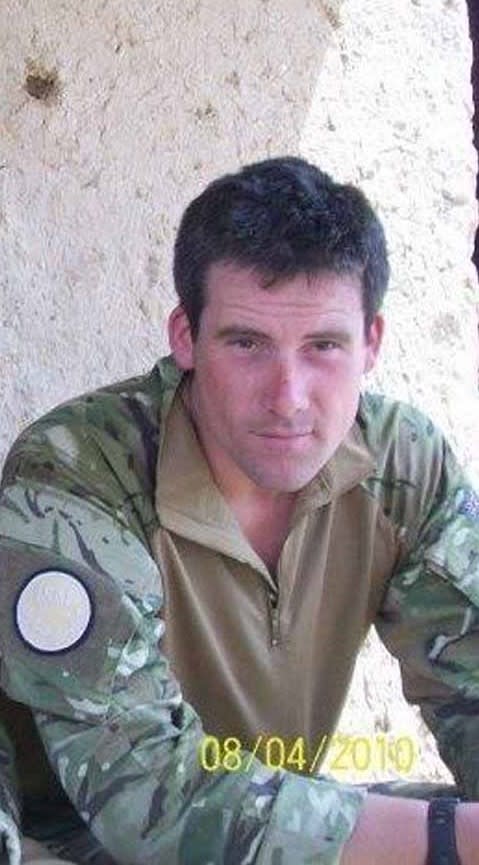
Mark, who is single, said: “Since retiring, I really just wanted to give back.
“The Army was a huge part of my life for so long and, now that I’ve retired, the fundraising challenges I set myself give me a sense of worth.
“It feels good to help people.”
After joining up aged 19 to help others, the Lance Corporal served with the 1st Battalion Duke of Lancaster’s Regiment for 16 years.
And he has continued to help people through his charitable efforts since 2012, after his home was converted to support his injuries.
He said: “The Army spent about £100,000 on the house to convert it and from that moment on, I wanted to find a way to repay that somehow.”
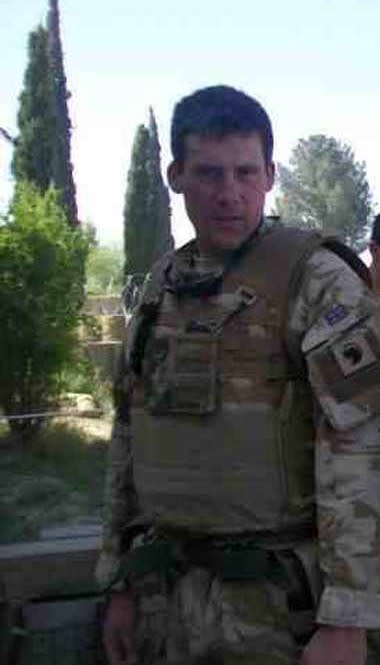
He added: “I want to help as many people as I can and this Christmas challenge is just the latest way I can bring some cheer to people in Cumbria.”
Back in 2010, Mark was deployed on operations to the Nad-e Ali 41 West district of Afghanistan, an area well known as a trouble spot for heavy sniper fire, during his 15th year of service in the British Army.
He was in a four-man patrol to investigate an improvised explosive device (IED) in May 2010, when he was shot by a Taliban sniper.
We're launching our annual #WalkingHomeForChristmas Campaign this month. 🎅
We're walking to ensure no one is left behind from #Lockdown.
Organise a walk anytime between December 10-20th and raise vital funds for those who served.
Sign-up today 👉 https://t.co/dCdbYfOGHc pic.twitter.com/nw8qzb5yiO
— WWTW (@supportthewalk) November 1, 2021
Mark said: “I looked down and saw that the left-hand side of my body armour was covered in blood. Then I blacked out.”
The bullet had struck him in the neck, severely injuring his spinal cord and leaving him paralysed from the neck down.
Flown back to the UK in an induced coma, Mark was admitted to Selly Oak Hospital in Birmingham that night.

He said: “It took another four weeks after that to stabilise the extreme pain I was in and after that, I was moved to another hospital for seven months.
“It was there that consultants told me I would never walk again.”
But the devastating blow did not put a stop to Mark’s fighting spirit.
He said: “I’ve always been the sort of person who wants to prove people wrong so the moment the doctor said that, I thought, ‘I’m going to walk again.’”
And while his recovery is still ongoing, after three years of physiotherapy including hydrotherapy and functional electronic stimulation, Mark took his first steps since the shooting.
“I went to physio twice a day, ” he said.
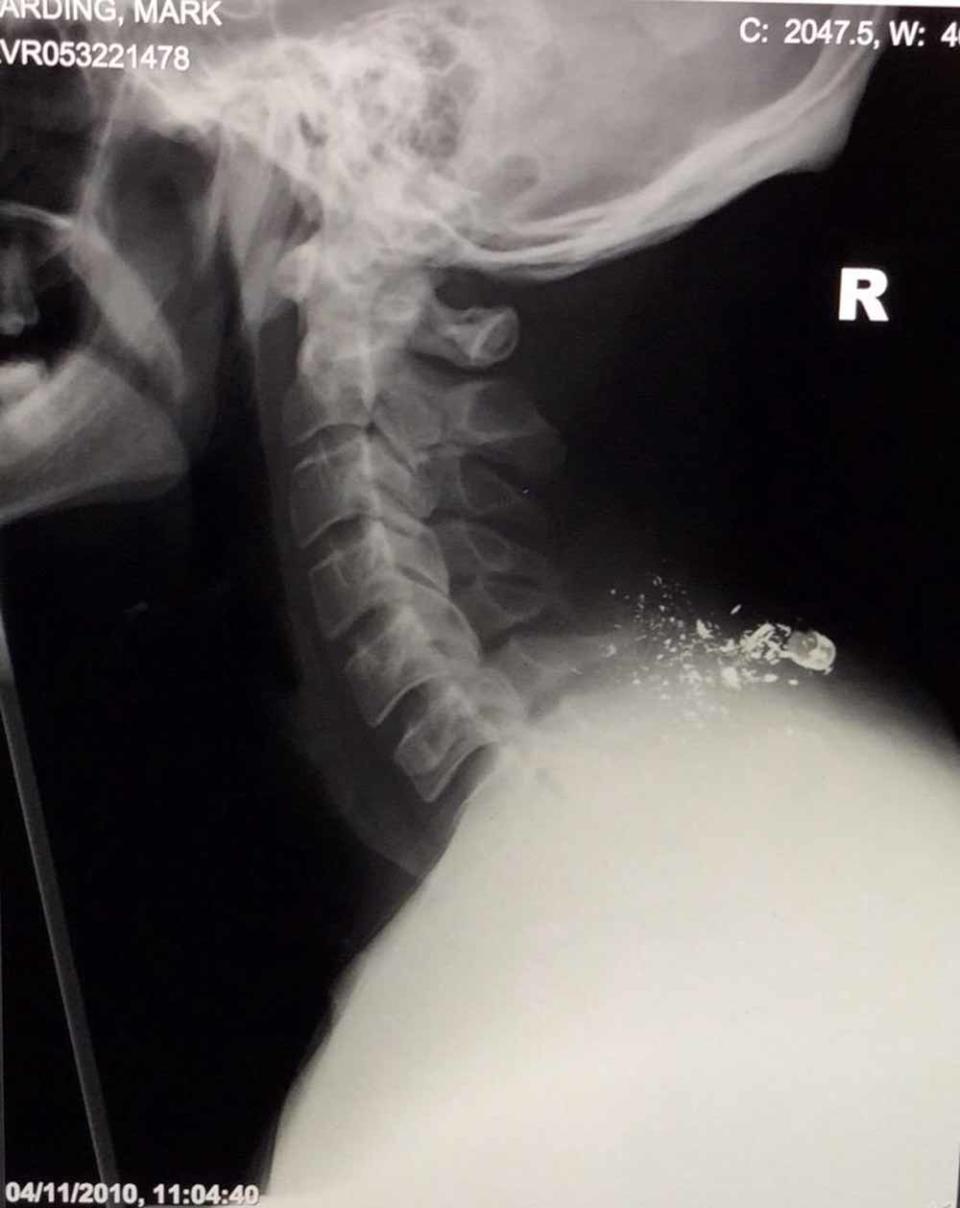
He added: “My legs had to be stretched which was just pain in itself.
“My day started at 8am, I had physio, hydrotherapy, and counselling all in one day. I finished at 5pm and it was really full on.
“I had my own tailored programme for my injury. I was doing this for two and a half years and had to push myself.”
He added: “I went from a wheelchair to standing frame, to walking with a frame.
“I had this treatment, functional electronic stimulation, it’s like an advanced TENS machine that reactivates the nerves and got me up and walking about.
“I can now walk again, although it is with difficulty as I’m still rebuilding the muscles.”
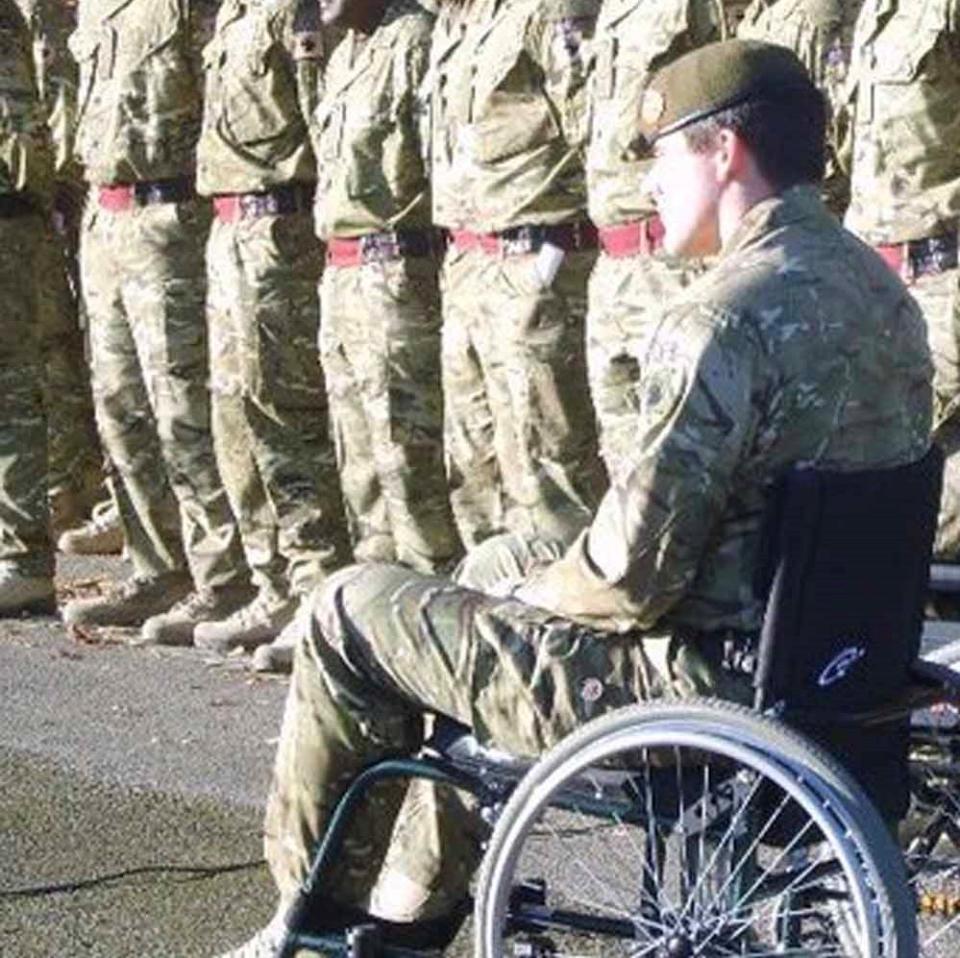
He added: “Once I’d conquered that, my thoughts turned to how I could help other people.
“I’ve always wanted to do as much as I can to give back to the charities that supported me along the way.”
Since then, Mark has taken on a number of physical challenges in the name of charity, including a Dragon boating competition in China, where he was the first disabled athlete in an able bodied team in 2014; climbing Skiddaw Mountain in the Lake District and he was the first quadriplegic to walk coast to coast – a 182 mile walk between the west and east coasts of northern England – for the Air Ambulance.
He said: “During lockdown, I rowed the distance of the Atlantic Ocean in my back garden in support of the NHS, which took me 88 days.
“Six weeks after that, I spent a week rowing the distance from Carlisle to Calais which is 400 miles to raise funds for disadvantaged kids.
“I want to continue to push myself and make a difference.”
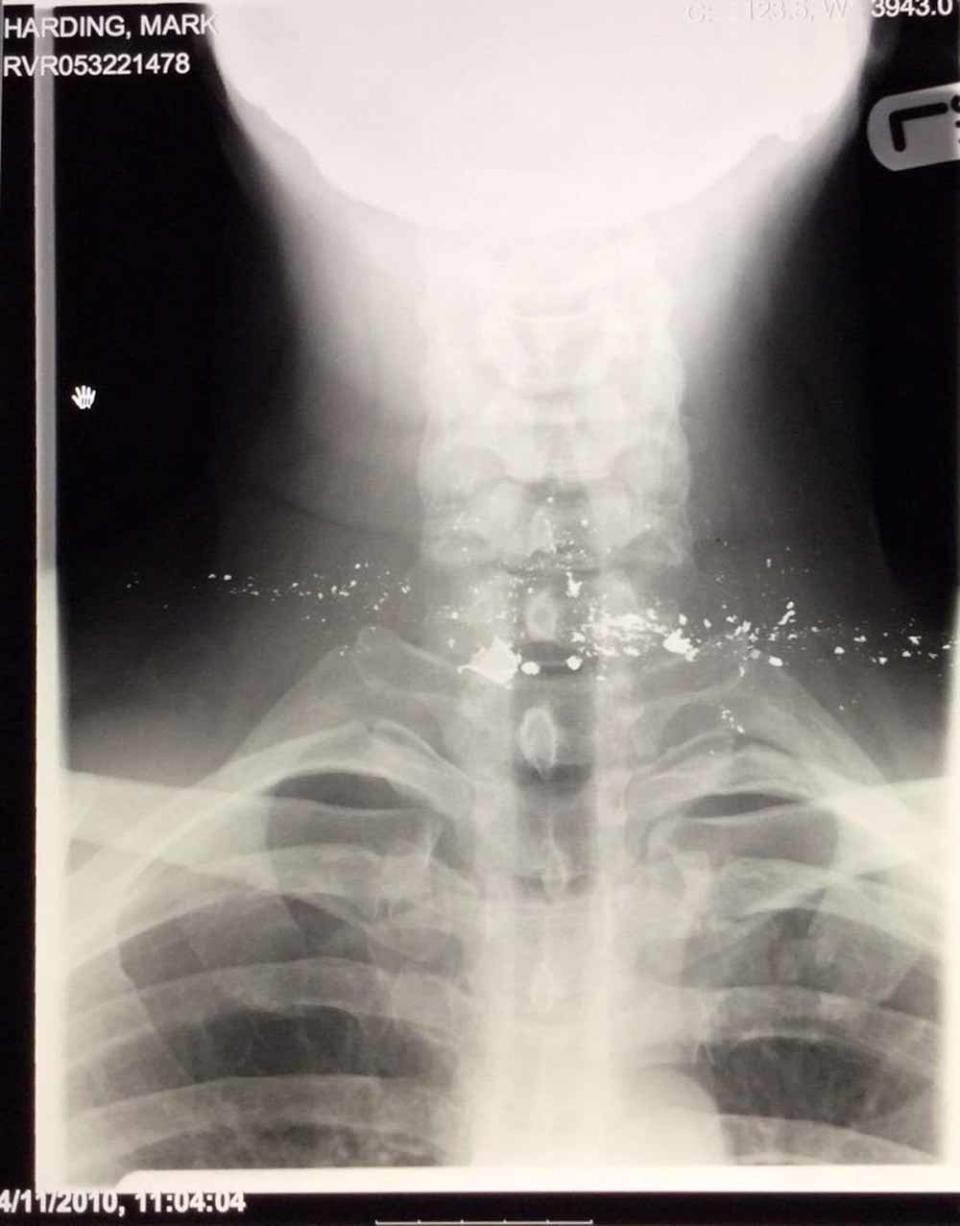
He added: “I want to show people with injuries from Afghanistan or any war zone that you can still do things and do them bloody well because we are soldiers.
“As the British Army motto states, ‘We can still be the best’.”
And on December 9, Mark will embark on his latest challenge, leaving his home to begin a three-day trek to Carlisle, carrying an Antarctic-style pulk, which is like a sled, behind him filled with donated essentials such as gifts and food for the Christmas hampers.

The walk is also in support of the charity Walking with the Wounded’s campaign, Walking Home for Christmas, which is focussed on improving mental health.
“I don’t see anything as a problem, I just keep a positive state of mine,” he said.
“I’ve got friends from the Army who will be joining me along the way and one of the local councillors, who has become a good friend, will be walking with me too.”
He added: “There are around 500 families in Cumbria that are struggling to put food on the table, so we’re asking businesses to please donate products for the food hampers, as we’re hoping to provide each of these families with their own hamper for Christmas.
“I would encourage any business owners who can spare some items, to please get in touch with me.
“I want to help spread as much cheer as we can this Christmas.”
To donate to Mark’s trip go to www.walkinghomeforchristmas.com/users/mark-harding
Interested individuals, groups or companies can find out more about signing up to complete their own walk at www.walkingwiththewounded.com

 Yahoo Sport
Yahoo Sport 





































